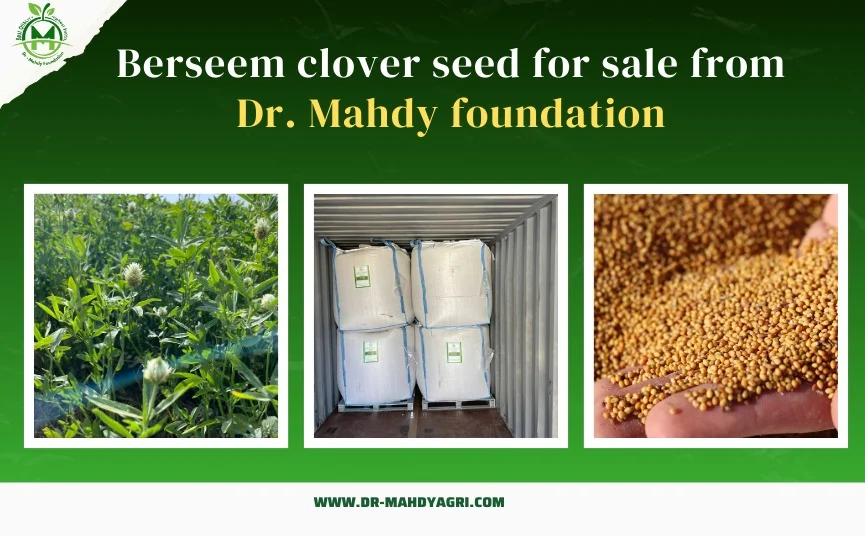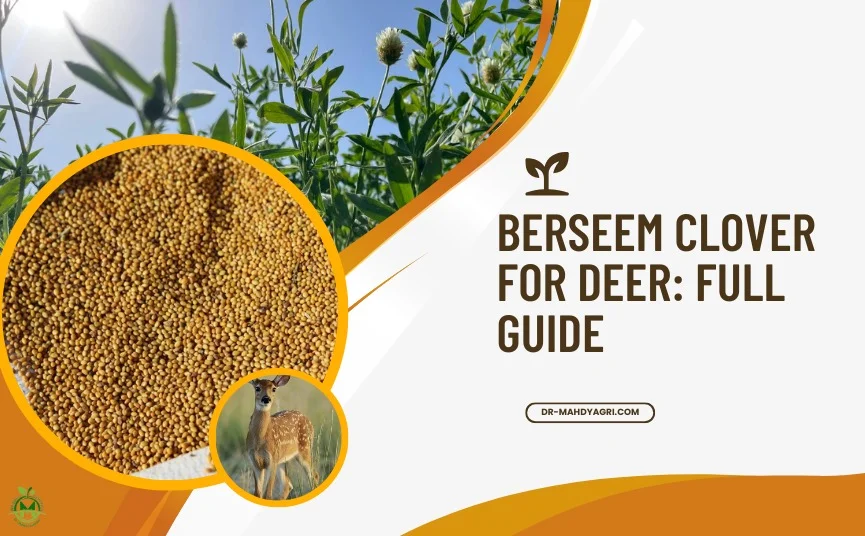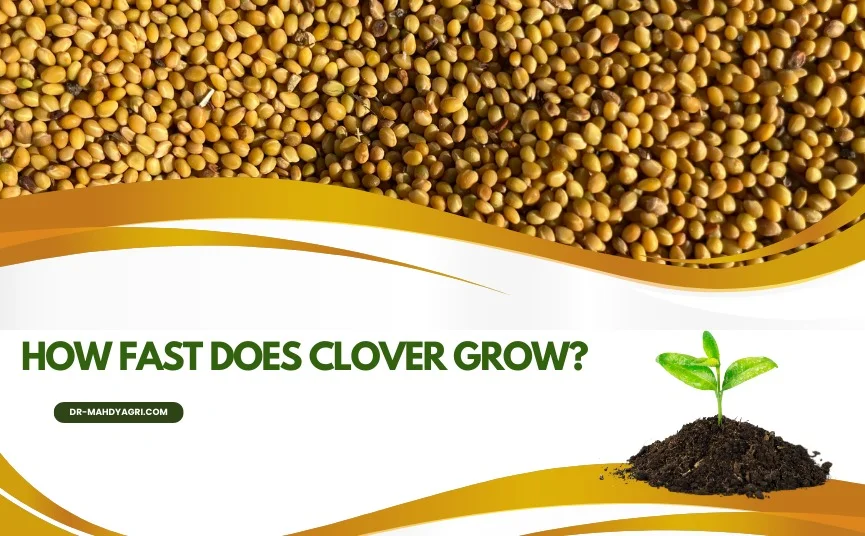

Cover crops, also known as green manure, play a pivotal role in sustainable agriculture by improving soil health, enhancing water retention, controlling pests and diseases, and boosting overall farm productivity. These crops are primarily planted not to be harvested but to cover the soil, hence the name. They can be strategically used in both large-scale agricultural settings and small home gardens to achieve a multitude of agronomic and ecological benefits.
In this article, we will explore the optimal times to plant different types of cover crops, tailored to various climates and farming systems, to maximize their environmental and agronomic benefits. Understanding these timing nuances can help in making informed decisions that contribute significantly to the health and productivity of your land.
Benefits of Cover Crops
Cover crops offer a multitude of benefits for gardeners and farmers.
First, they help improve soil health by reducing erosion and compaction while increasing organic matter and nutrient availability.
Second, cover crops suppress weeds, providing natural weed control and reducing the need for herbicides.
Third, they attract beneficial insects and pollinators, promoting overall biodiversity in the garden or farm.
Additionally, cover crops can help manage pests and diseases by disrupting their lifecycle and providing habitat for natural enemies.
Finally, when cover crops are terminated and incorporated into the soil, they release nutrients, improving fertility and reducing the need for synthetic fertilizers.
In summary, planting cover crops is a wise practice that not only benefits the environment but also enhances crop yields and overall farm sustainability.
Read More:
how fast does clover grow?
berseem clover seed for sale
Is Berseem Clover Annual or Perennial?
Advantages of planting cover crops
- Improve soil health by preventing erosion and compaction.
- Increase organic matter and nutrient availability in the soil.
- Suppress weeds naturally, reducing the need for herbicides.
- Attract beneficial insects and pollinators, promoting biodiversity.
- Help manage pests and diseases by disrupting their lifecycle.
- Provide habitat for natural enemies of pests.
- Release nutrients into the soil when terminated, improving fertility.
- Reduce the need for synthetic fertilizers.
- Enhance crop yields and overall farm sustainability.
Types of cover crops for different benefits
Cover crops are diverse, and each type brings specific benefits to the soil and subsequent crops. They can be broadly categorized into several types based on their growth habits, the benefits they offer, and the seasons they are best suited for. Here are some of the common types of cover crops:
-
Grasses:
- Rye: Known for its robust growth, rye can prevent soil erosion and suppress weeds. It is one of the best choices for adding organic matter to the soil.
- Oats: Oats are often used in cooler climates and can be planted in the fall. They die off in the winter, providing ground cover that protects the soil.
- Barley: Similar to oats, barley grows quickly and is excellent for improving soil structure and preventing erosion.
-
Legumes:
- Clover: Available in several varieties like red, white, and crimson, clover is excellent for fixing nitrogen from the atmosphere into the soil, thereby reducing the need for chemical fertilizers.
- Field Peas: These are often used in colder regions; field peas grow quickly and add significant amounts of nitrogen to the soil.
- Vetch: With its ability to fix nitrogen and tolerate poor soils, vetch is a good option for many farming situations. It also helps in weed suppression.
-
Brassicas and Broadleaves:
- Mustard: Known for biofumigation properties, mustard plants can help control soil-borne pests and diseases. They also improve soil structure.
- Buckwheat: Fast-growing and good for smothering weeds, buckwheat is ideal for soil improvement and can be used in crop rotation to break disease cycles.
- Radish: Particularly daikon radish, which is known for its deep roots that can break up compacted soils and improve water infiltration.
-
Mixtures:
- Cover Crop Cocktails: Farmers often plant mixtures of different cover crops to gain the benefits of each. For example, a mix might include a grass, a legume, and a brassica, each chosen for specific benefits like nutrient capture, nitrogen fixation, and soil aeration.
Soil Preparation for Cover Crops
For optimal soil conditions before planting cover crops, it's essential to till or loosen the soil to a depth of 6-8 inches, remove any weeds or debris, and perform a soil test to determine nutrient levels. Additionally, adding organic matter like compost or manure can improve soil structure and fertility. Finally, ensure the soil is adequately watered before planting cover crops to promote healthy growth.
Optimal soil conditions for planting cover crops
To ensure optimal soil conditions for planting cover crops, it is important to till or loosen the soil to a depth of 6-8 inches and remove any weeds or debris. Performing a soil test is crucial in order to determine nutrient levels and make necessary amendments. Adding organic matter such as compost or manure can improve soil structure and fertility. Before planting cover crops, it is essential to adequately water the soil to promote healthy growth.
How to prepare the soil before planting cover crops?
To prepare the soil before planting cover crops, start by tilling or loosening the soil to a depth of 6-8 inches and removing any weeds or debris. Conduct a soil test to determine nutrient levels and make necessary amendments. Improve soil structure and fertility by adding organic matter like compost or manure. Before planting, ensure that the soil is adequately watered to promote healthy growth.
Read More:
berseem clover balady
Berseem Clover Forage
berseem clover as cover crop
Best Cover Crops for Different Seasons
When it comes to cover crops, choosing the right ones for each season is crucial for optimal benefits. In the spring, popular options include clover, winter rye, and oats, which help prevent weed growth and add nitrogen to the soil. For the summer and fall, warm-season cover crops like buckwheat, sorghum sudangrass, and cowpeas can provide weed suppression and improve soil structure. Tailoring your cover crop selection to the specific growing season ensures maximum effectiveness and helps promote healthy soil year-round.
Cover crops suitable for spring planting
Some common cover crops suitable for spring planting include clover, winter rye, and oats. These cover crops not only help prevent weed growth but also add nitrogen to the soil, promoting its health. To plant them, prepare the soil by removing weeds and loosening it with a rake or tiller. Then, spread the cover crop seeds evenly and lightly rake them into the soil. Lastly, water the area and provide regular maintenance for optimal growth.
Cover crops for summer and fall planting seasons
Cover crops for summer and fall planting seasons play a crucial role in maintaining soil health and preventing erosion. Common options include buckwheat, hairy vetch, and winter peas. Plant them after the last spring frost date, ensuring a well-prepared soil bed. Sow the seeds evenly, lightly rake them in, and water regularly to foster optimal growth. These cover crops will suppress weeds, add organic matter to the soil, and protect it from erosion throughout the growing season.
Planting and Maintenance Tips with Dr Mahdy
To ensure successful growth of your cover crops, follow these steps for proper planting: sow the seeds evenly on well-prepared soil, lightly rake them in, and water regularly. As your cover crops grow, perform maintenance practices such as regular watering, weed control, and monitoring for pests or diseases. Remember to mow or terminate the cover crops before they go to seed to prevent self-seeding. By following these tips, you can maximize the benefits of cover crops and maintain a healthy soil ecosystem.
Steps to plant cover crops correctly
To plant cover crops correctly, start by sowing the seeds evenly on well-prepared soil. Then, lightly rake the seeds in and water regularly. As the cover crops grow, perform maintenance practices such as regular watering, weed control, and monitoring for pests or diseases. Remember to mow or terminate the cover crops before they go to seed to prevent self-seeding. By following these steps, you can ensure successful growth and maximize the benefits of cover crops for your soil ecosystem.
Maintenance practices to ensure successful growth
To ensure successful growth of cover crops, there are several maintenance practices that should be followed. These include regular watering to provide adequate moisture, controlling weeds to prevent competition with the cover crops, and monitoring for pests and diseases. Additionally, it is important to mow or terminate the cover crops before they go to seed to prevent self-seeding and potential weed problems. By consistently implementing these maintenance practices, you can optimize the growth and benefits of your cover crops.
Cover Crops for Specific Purposes
Cover crops are selected based on specific goals such as improving soil structure, adding organic matter, controlling weeds, or fixing nitrogen. Here’s a look at various cover crops and the purposes they serve:
1. Cover crops for weed suppression:
Use cover crops like clover, ryegrass, or buckwheat to actively suppress weed growth by outcompeting them for resources and blocking sunlight.
2. Cover crops for soil erosion control:
Select cover crops such as annual rye, hairy vetch, or oats to protect bare soil from erosion by establishing strong root systems that hold the soil in place.
Remember to choose cover crops that best align with your specific goals and address the unique needs of your soil and growing conditions. By strategically selecting cover crops for specific purposes, you can optimize their benefits and improve the health of your land.
Cover crops for weed suppression
berseem Cover crops like clover, ryegrass, or buckwheat can effectively suppress weed growth by outcompeting them for resources and blocking sunlight. To utilize cover crops for weed suppression, follow these steps:
- Choose a cover crop variety known for its weed suppressive properties.
- Time the planting to coincide with the growth of weed seeds.
- Plant the cover crop densely to minimize gaps for weeds to grow.
- Allow the cover crop to establish and develop a strong canopy.
By implementing these practices, you can effectively suppress weeds and promote a healthier growing environment.
Cover crops for soil erosion control
Cover crops are effective in controlling soil erosion by creating a protective cover on the soil surface.
Some cover crop options for soil erosion control include grasses like annual ryegrass and legumes like hairy vetch.
To utilize these cover crops for erosion control, plant them in the fall or early spring and allow them to establish a dense root system to stabilize the soil.
Regular maintenance, such as mowing or rolling, can also help enhance their erosion control properties.
Tips for choosing the right cover crops for your needs
Consider the following tips when choosing cover crops for your needs:
- Identify your goals (e.g., erosion control, nitrogen fixation)
- Assess your growing conditions (e.g., soil type, sunlight)
- Research suitable cover crop options (e.g., legumes, grasses)
- Consider companion planting and crop rotation
- Consult with local experts or agricultural extension services for tailored advice.
By following these tips, you can select the right cover crops to maximize the benefits for your specific needs. you can call with Dr. Mahdy Best seller of Egyptian Berseem Clover seeds for cover crops in our blog.
Conclusion
To conclude, branding is a powerful tool that can help your business stand out in a crowded market. Here are some key takeaways to remember:
- Create a unique brand identity that showcases your values and story.
- Develop a strong brand promise that resonates with your target audience.
- Utilize various assets like a logo, slogan, and visual elements to establish brand recognition.
- Consistently communicate your brand message across all channels.
- Keep evolving and adapting your branding strategy to stay relevant and engage your customers.
By implementing these strategies, you can effectively differentiate your business and leave a lasting impression on your customers.



